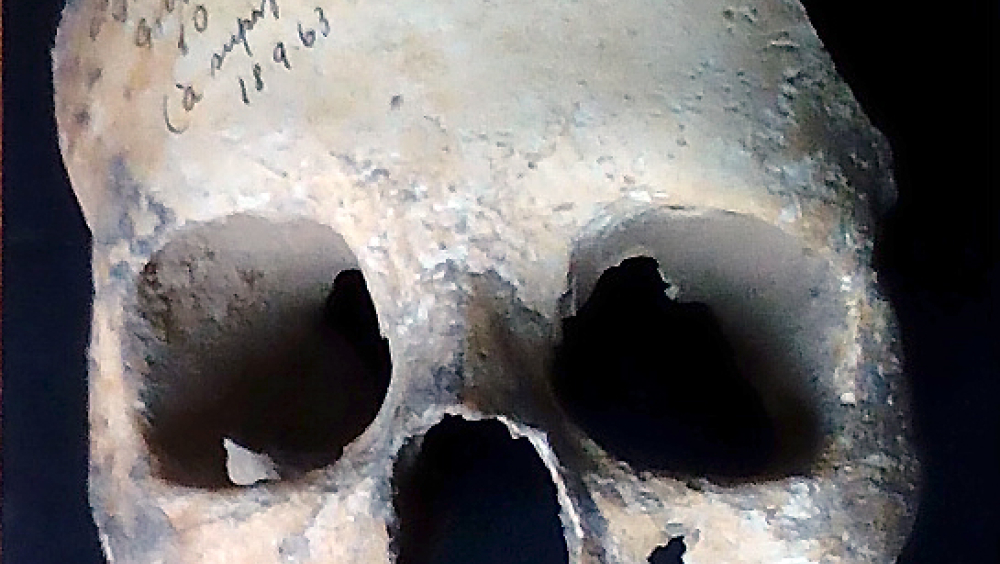A tale of prehistoric surgery or a surgical practice of a ritual process
It is a little difficult to believe that 7,000 years ago, people performed complex procedures, such as brain surgery. But the fact is, it really happened. The story we intend to tell is somewhat macabre, but at the same time it is a story that was common practice among the people who inhabited Europe at the time. The reality was that, they practiced cranial interventions with a high rate of success, and at the same time used masks made from cranial face bones.
Complicated surgical interventions in the human skull, or religious manifestations? In Portugal (and at the rest of the Europe), during the Neolithic and the Chalcolithic, the evidences suggest that those interventions practiced in human skulls were "common" practice. There are also indications that, in some, point may have happened probable experimentation in animals. The study the human skulls and their bones showed that surgical or cult practices, during the Neolithic era where a common practice. A survey of known Portuguese cases was carried out, preceding to an anthropological study and its contextual framework, and the respective insertion the European Prehistory context. And presents a complex framework which shows a usual practice during the European prehistory. The study intends to treat the different cases of cranial bone use in its various variants or evidences of symbolic practice during the Neolithic period in order to provide the construction of new interpretations. Different cases of trepanation, skull discs and plaques, as well as masks obtained from the bones of the face will be presented. The practice of using the human skull as a ritual object and subject to interventions and the consequent use of cranial bones is something that underlies a "way of thinking" added to the "explosion of the symbolic" that Jacques Cauvin refers (1997), and, acquiring another breath from the time the Neolithic process begun in the Near East and epitomized during the PPNB as express by Kathleen Kenyon (1957), Jacques Cauvin (1997), or Mehmet Ozdogan (1998), during which time we can find a greater expressiveness of use and manipulation of human cranial bones, that is, when the Neolithic process begins to spread (Zilhão, 1992, 1993, 2000).
This was a common procedure that took place in Europe during the Neolithic and Chalcolithic periods. There are some regional variations, but overall the practice was the same, as well as the contexts.
